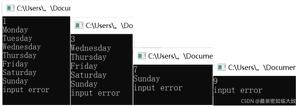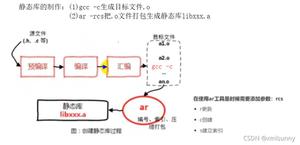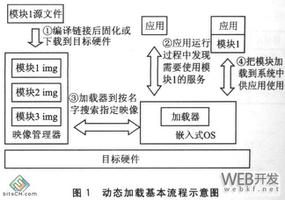实现双重链接列表的C ++程序
双链表是一种数据结构,由使用自引用结构创建的节点组成。这些节点中的每一个都包含三个部分,即数据和对下一个列表节点的引用以及对上一个列表节点的引用。
访问整个链接列表仅需要引用第一个列表节点。这被称为头部。列表中的最后一个节点没有指向任何内容,因此它在该部分中存储NULL。当每个节点指向其上一个和下一个节点时,双向链表也可以在两个方向上遍历。
下面给出了实现双向链表的程序。
示例
#include <iostream>using namespace std;
struct Node {
int data;
struct Node *prev;
struct Node *next;
};
struct Node* head = NULL;
void insert(int newdata) {
struct Node* newnode = (struct Node*) malloc(sizeof(struct Node));
newnode->data = newdata;
newnode->prev = NULL;
newnode->next = head;
if(head != NULL)
head->prev = newnode ;
head = newnode;
}
void display() {
struct Node* ptr;
ptr = head;
while(ptr != NULL) {
cout<< ptr->data <<" ";
ptr = ptr->next;
}
}
int main() {
insert(3);
insert(1);
insert(7);
insert(2);
insert(9);
cout<<"The doubly linked list is: ";
display();
return 0;
}
输出
The doubly linked list is: 9 2 7 1 3
在以上程序中,结构Node形成了双向链表节点。它包含数据和指向下一个和上一个链接列表节点的指针。给出如下。
struct Node { int data;
struct Node *prev;
struct Node *next;
};
该函数insert()将数据插入到双向链表的开头。它创建一个新节点,并将数字插入到新节点的数据字段中。然后,在newnode中的prev指针指向NULL,因为它是在开头输入的,而下一个指针则指向头部。如果head不为NULL,则head的prev指针指向newnode。最后,头是新节点,即链表从此处开始。这在下面给出。
void insert(int newdata) { struct Node* newnode = (struct Node*) malloc(sizeof(struct Node));
newnode->data = newdata;
newnode->prev = NULL;
newnode->next = head;
if(head != NULL)
head->prev = newnode ;
head = newnode;
}
该函数display()显示整个双向链表。第一点指向头。然后将其连续转发到下一个节点,直到打印出节点的所有数据值为止。这在下面给出。
void display() { struct Node* ptr;
ptr = head;
while(ptr != NULL) {
cout<< ptr->data <<" ";
ptr = ptr->next;
}
}
在函数中main(),首先通过调用将各种值插入到双向链表中insert()。然后显示双向链接列表。这在下面给出。
int main() { insert(3);
insert(1);
insert(7);
insert(2);
insert(9);
cout<<"The doubly linked list is: ";
display();
return 0;
}
以上是 实现双重链接列表的C ++程序 的全部内容, 来源链接: utcz.com/z/321615.html








